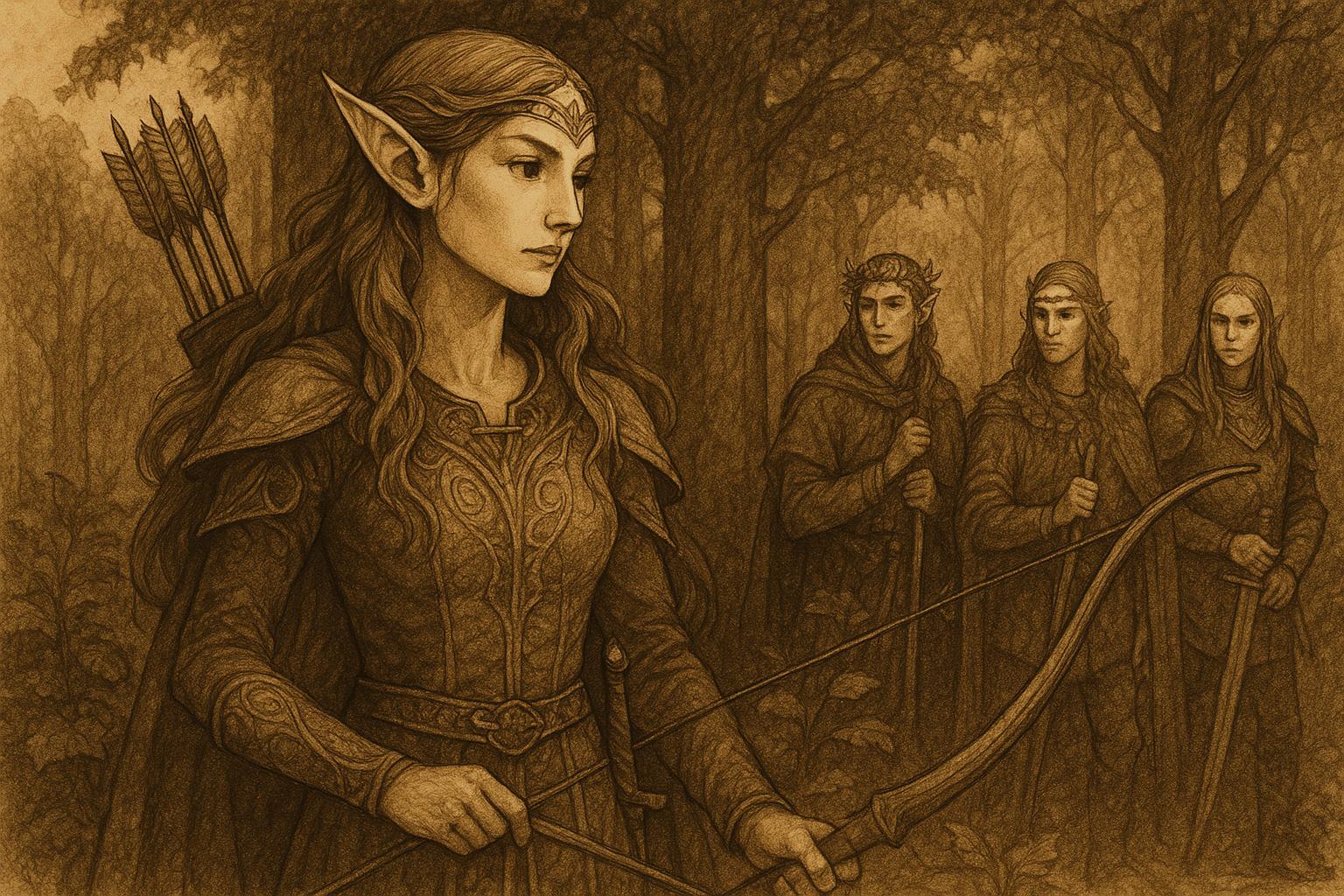The Role of Elves in Fantasy Lore

The Origin and Evolution of Elves in Fantasy
Elves have long been a fundamental aspect of fantasy literature and media, staying relevant across different ages by evolving in depiction and significance. Their origins can be traced back to ancient Germanic and Norse mythology, where these mythical creatures were associated with nature, magic, and a distinctive otherworldly charm. Initially, elves were perceived as spirits or minor deities connected to fertility and the natural world, representing elements beyond human understanding.
In the myths stemming from Old Norse tradition, elves, referred to as álfar, are portrayed as semi-divine beings dwelling in Álfheimr, a realm closely located to that of the gods. They were envisioned as possessing a blend of human and divine characteristics, which cemented their image as wise and ethereal beings. This duality has deeply influenced their role in contemporary fantasy literature, where they often embody wisdom and mystery.
Elves in Modern Fantasy Literature
Modern portrayals of elves in literature have been heavily impacted by influential writers like J.R.R. Tolkien. His creation of elf characters in works such as “The Lord of the Rings” and “The Hobbit” presents them as immortal figures endowed with wisdom and grace, embodying a strong affinity with nature. Tolkien’s elves are proficient in archery and lore, living in harmony with their environments while maintaining a detached stance from the dealings of humans and other races. This portrayal set a precedent for many subsequent fantasy writers, leading to the quintessential elf character often depicted in later works.
Tolkien’s interpretation painted elves as noble beings possessing rich cultures, languages, and traditions that stood apart from those of other creatures, giving them an air of mystique and grandeur. The lasting influence of Tolkien’s imagery has been seen in numerous fantasy settings where elves, with their pointed ears and finely crafted bows, are a staple against which other mythical creatures are measured.
Elves in Role-Playing Games
The portrayal of elves transcends literature to make considerable impacts in the realm of role-playing games, most notably in Dungeons & Dragons. Here, elves are a common choice among players, valued for their agility, spell-casting abilities, and resilience against charm. The game often categorizes elves into various subtypes, such as high elves, wood elves, and dark elves, each carrying distinctive traits and abilities. These variations not only enrich gameplay but also enhance narrative depth and character development.
High elves are typically depicted as intellectually superior and magically adept, originating from illustrious civilizations. They represent the archetypical fantasy elf with their elegant demeanor and profound wisdom. Wood elves, known for their deep connection to the forests, exemplify the nature-loving aspect of elves, often portrayed as excellent scouts and hunters. In contrast, dark elves, often called drow, live in the shadows, reflecting themes of conflict and redemption within their lore. This diversity within the elven archetype provides a wide spectrum for players to explore different facets of elfhood, each with their unique narrative significance.
Elves in Film and Television
Elves have been further popularized through their depiction in film and television, bringing their image to global audiences and reinforcing their timeless appeal. The adaptations of Tolkien’s literature, particularly Peter Jackson’s film trilogy, have immortalized the visual and thematic essence of elves. These movies exhibit elves as magnificent, ageless warriors with an intricate relationship to both the magical and physical world. Their elegant, choreographed combat styles and beautifully crafted armors have become iconic symbols within popular culture, synonymous with high fantasy.
Conversely, modern adaptations such as Netflix’s “The Witcher” present a nuanced take on elves, exploring their societal roles and relationships with other species. This portrayal often casts elves as marginalized communities experiencing discrimination, thus reflecting themes of racial tension and cultural assimilation, resonating with contemporary societal issues. These narratives engage viewers on a level that extends beyond mere fantasy, inviting reflections on real-world parallels.
Conclusion
Elves remain a versatile component of fantasy lore, continually embodying a wide array of attributes from timeless wisdom and ethereal beauty to themes of alienation and resistance. Their evolution from ancient mythological origins into a cornerstone of modern fantasy underscores the adaptability and enduring allure of these enigmatic figures. Elves’ persistent presence in various media forms, whether through literature, gaming, or visual art, highlights their unique role in storytelling, offering a rich tapestry from which to explore both human and fantastical themes.
For those interested in delving deeper into the myriad portrayals of elves, engaging with well-renowned fantasy literature or participating in immersive role-playing games could provide enriched understanding and appreciation for their diverse characterizations and historical contexts. These platforms offer unique experiences that embrace the complexity and allure of elves, each new story enriching the mythos surrounding these captivating beings.
Comments are closed.
Comments on 'The Role of Elves in Fantasy Lore' (0)
Comments Feed